- Home
- Trend
- Weight Loss Strategies
- Acne Tips
- Hair Health Information
- Blemish Removal Tips
- Acne Scar Removal Tips
- Muscle Building Techniques
- Intimate Care Tips
- Postpartum Intimate Care
- Eye Bags Wiki
- Tips for Face Slimming
- Secret of Permanent Hair Removal
- Breast Enlargement Tips
- Cure to Snoring
- Marionette Lines
- Skin-Tightening Secrets

免費體驗
Acne Scarring Treatment
1 Minute Self-Registration
Date should not be before minimal date
Hello, beautiful souls! If you're looking to say goodbye to acne scars and welcome flawless skin, you're in the right place. Do you know that even too much collagen could cause some issues with your acne scar? Rest assured, we will guide you through the whole process in improving acne scars or even get rid of them, with just 5 simple steps!
1
Step 1: Quick Check If Your Acne Scarring Is Bad
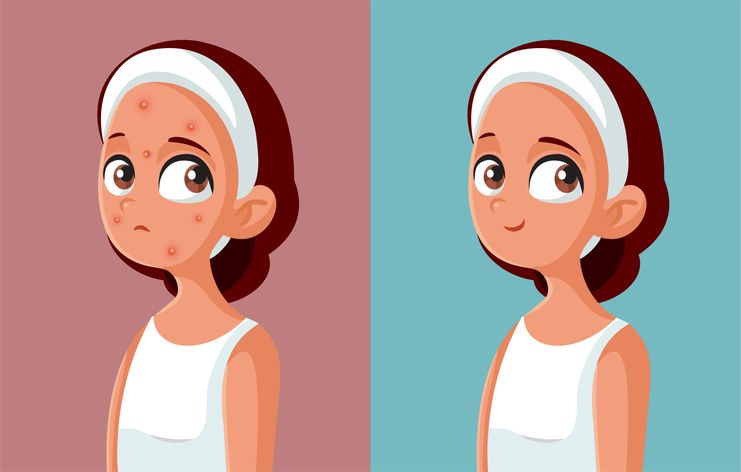
Determining the depth of your acne scars typically requires a professional assessment by a dermatologist or skin care specialist. However, you can get a general sense by examining the appearance of your scars at home and considering certain factors:
A. Look at the Texture
Superficial Scars: If the scars appear relatively smooth and are closer to the surface of the skin, they might be more superficial.
Deeper Scars: If the scars have a more pronounced and uneven texture with noticeable depressions, they may be deeper.
B. Consider the Shadow
Superficial Scars: Scars that cast minimal shadows under direct light may be more superficial.
Deeper Scars: Deep scars may cast more prominent shadows due to the unevenness of the skin.
2
Step 2: Examine Your Types of Acne Scars
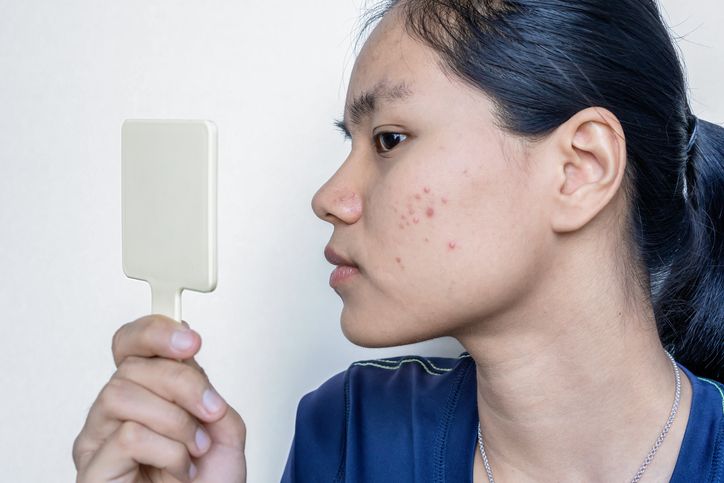
Atrophic Scars
Atrophic scars are characterised by a sunken appearance, resulting from a loss of collagen and tissue during the healing process. These scars often form in conjunction with inflammatory acne, particularly nodular or cystic acne, where deeper layers of the skin are affected. Poorly managed or untreated acne lesions can also contribute to the development of atrophic scars. Atrophic scars are further categorised into:
- Ice Pick Scars Ice pick scars are narrow, deep, and pitted scars that resemble small, V-shaped indentations on the skin. They create a pockmarked appearance.
- Boxcar Scars Boxcar scars, in addition to having well-defined edges, can also vary in size and exhibit angular indentations. These scars often create a box-like or cratered appearance on the skin.
- Rolling Scars Rolling scars may be classified based on the extent of undulations: - Shallow Rolling Scars: These scars exhibit gentle waves on the skin's surface. - Deep Rolling Scars: Characterised by more pronounced and prominent waves.
Raised Scars
Raised scars often emerge due to an overproduction of collagen during the healing process. Genetic predisposition plays a role in some cases, as certain individuals are more prone to developing raised scars. Additionally, wound tension, caused by factors like movement or muscle activity, can contribute to the formation of raised scars. They can be further classified into different types:
- Hypertrophic Scars Hypertrophic scars are raised, red, and often characterised by excess collagen. They stand above the skin surface but do not extend beyond the original wound area.
- Keloid Scars Keloid scars are a specific type of raised scar that extends beyond the borders of the original wound. They can be thick, lumpy, and extend into surrounding healthy skin.
Rolling Scars
Rolling scars, with their characteristic wave-like appearance, occur when bands of collagen fibres pull the skin in different directions during the healing process. Similar to atrophic scars, rolling scars are often associated with inflammatory acne, and uneven healing of the skin after acne lesions can lead to the development of these scars. They are often categorised based on their appearance:
- Wavelike Rolling Scars These rolling scars mimic gentle waves on the skin's surface, creating a subtle undulating effect.
- Broad Rolling Scars Broad rolling scars have more extensive and pronounced wave patterns, resulting in a greater impact on the skin texture.
3
Step 3: Starts By Treating Acne Scars With Topical Treatment
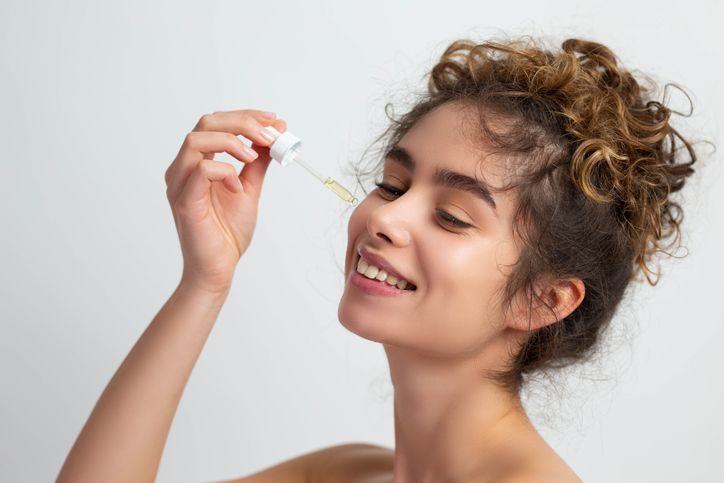
The effectiveness of topical treatments for acne scars can vary from person to person, and it's important to note that complete removal of scars may not always be achievable. However, certain topical treatments have shown promise in improving the appearance of acne scars. Here are the top three commonly recommended topical treatments:
Vitamin C Serums
Vitamin C (ascorbic acid) is an antioxidant that helps brighten the skin, reduce hyperpigmentation, and stimulate collagen synthesis.
Benefits: Vitamin C serums can contribute to a more even skin tone, fade dark spots, and improve the overall radiance of the skin.
Note: Look for stable formulations, as vitamin C can be sensitive to light and air. Incorporate it into your morning skincare routine for added protection against free radicals.
Retinoids
Retinoids, such as tretinoin (Retin-A) and adapalene, are derivatives of vitamin A. They promote cell turnover, stimulate collagen production, and help fade hyperpigmentation, making them effective for various types of acne scars.
Benefits: Retinoids can improve skin texture, reduce the appearance of fine lines, and enhance the overall tone of the skin.
Note: They may cause irritation, so it's essential to start with a lower concentration and gradually increase as your skin adjusts. Use sun protection, as retinoids can increase sensitivity to sunlight.
Alpha Hydroxy Acids (AHAs)
AHAs, such as glycolic acid and lactic acid, exfoliate the skin, promoting the removal of dead skin cells and encouraging the growth of new, smoother skin.
Benefits: AHAs can improve the texture of the skin, reducing the appearance of mild to moderate acne scars.
Note: Start with a lower concentration to minimise the risk of irritation. It's crucial to use sun protection, as AHAs can increase sensitivity to sunlight.
Remember that consistency and patience are key when using topical treatments for acne scars. Additionally, individual responses to these treatments may vary, and results may take several weeks to months to become noticeable.
4
Step 4: Compliment Your Battle With Severe Acne Scars with the Right Diet Plan

We know it's hard to stick to a plan. So instead, try to just stop eating several kinds of food so you can prevent acne scars from getting worse.
While the relationship between diet and acne is complex and varies among individuals, certain foods may potentially worsen acne or impede the healing process of acne scars. Here are some types of foods that are often suggested to be associated with acne or skin issues:
1. High-Glycemic Foods
Foods with a high glycemic index (GI), such as sugary snacks, white bread, and sugary cereals, may lead to an increase in insulin levels. Elevated insulin levels can contribute to inflammation and potentially worsen acne.
2. Dairy Products
Some studies suggest that certain components in dairy products, such as hormones and growth factors, may influence acne development. High consumption of dairy, particularly skim milk, has been associated with an increased risk of acne.
3. Processed and High-Fat Foods
Diets rich in processed foods, fried items, and those high in unhealthy fats may contribute to inflammation in the body, potentially affecting the skin's health.
4. Saturated and Trans Fats
Foods high in saturated and trans fats, such as fried foods and some processed snacks, may contribute to inflammation and affect skin health.
5. Iodine-Rich Foods
Some studies suggest that high iodine intake, found in certain seafood and iodized salt, may exacerbate acne in susceptible individuals.
6. Chocolate
The relationship between chocolate consumption and acne is debated, but some people report that chocolate may trigger breakouts. This may be due to sugar content or other ingredients in chocolate products.
7. Spicy Foods
Spicy foods can potentially dilate blood vessels and increase blood flow to the skin, which may contribute to flushing and inflammation.

免費體驗
Acne Scarring Treatment
1 Minute Self-Registration
Date should not be before minimal date
5
Step 5: Go for Acne Scar Treatment

If topical treatment and food plan don't go very well, there are some more advanced solutions that can help you to get rid of your deep acne scars.
There are various types of acne scar treatments, ranging from topical solutions to more invasive procedures. The choice of treatment depends on the type and severity of acne scars. Here are common types of acne scar treatments:
Chemical Peel
Chemical peel involves applying a chemical solution to exfoliate the outer layer of skin, reducing the appearance of scars. They vary in strength.
Microneedling
Microneedling uses a device with fine needles to create tiny punctures in the skin. This stimulates collagen production and improves scar texture.
Laser Therapy
- Fractional Laser: Targets specific areas of the skin, promoting collagen production and improving scar texture. One good example is Perfect Medical's Acne Scarring Treatment. - CO2 Laser: Removes layers of skin, encouraging new skin growth.
Dermabrasion
Dermabrasion involves removing the top layer of skin using a rotating brush or diamond wheel, reducing the appearance of scars.
Fillers
Dermal fillers can be injected into depressed scars to raise them to the level of surrounding skin temporarily.
Subcision
Subcision involves breaking the fibrous bands beneath the skin that pull it downward, allowing depressed scars to lift.
Punch Excision
This surgical technique involves removing individual scars and suturing the skin.
Cryotherapy
Cryotherapy freezes scar tissue, causing it to slough off, promoting new skin growth.
Platelet-Rich Plasma (PRP) Therapy
PRP involves injecting concentrated platelets from the patient's blood to stimulate collagen production and improve skin texture.
Silicone Gel or Sheets
Applied directly to raised scars, silicone can help flatten and soften the scar tissue.
Radiofrequency Microneedling
Combines microneedling with radiofrequency energy to enhance collagen production and improve scar texture.
Hyaluronic Acid Fillers
Hyaluronic acid fillers can be injected into depressed scars for temporary improvement.
Phototherapy
Intense Pulsed Light (IPL) or other light-based therapies can target pigmentation and improve overall skin tone.
TCA Cross Technique
Trichloroacetic acid (TCA) is applied to ice pick scars, causing controlled chemical burning to stimulate collagen production.
Treatment effectiveness varies, and a combination of approaches may be recommended for optimal results. You should think twice before picking a suitable treatment plan based on your specific type of acne scars and skin condition. After all, the right treatment for acne scars should not only help you to remove acne scars, but it should help your skin heals too.
6
Post Treatment: Help Your Sensitive Skin to Rejuvenate
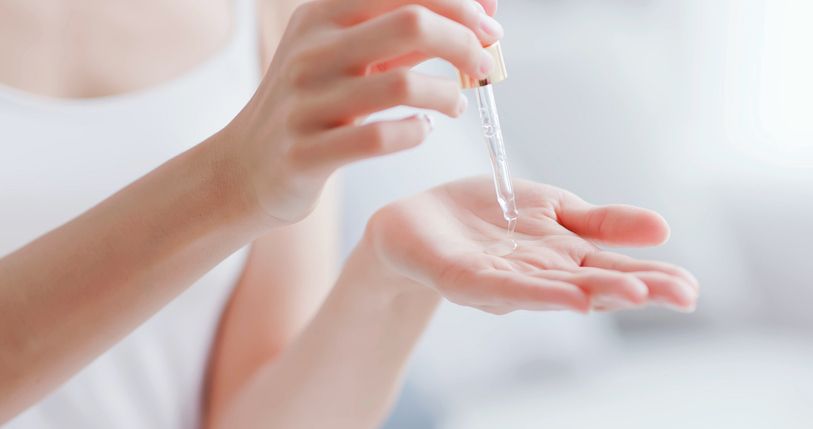
Your skin could be more sensitive during most of the post treatment period, and here's some remedies you can try to make at home to help your skin heal faster.
Rosehip Seed Oil
How it Works: Rosehip seed oil is rich in essential fatty acids and antioxidants, including vitamin C. It promotes skin regeneration, reduces discoloration, and improves the appearance of scars.
How to Use: Gently massage a few drops of rosehip seed oil onto clean, dry skin, focusing on areas with acne scars. Use it regularly, preferably at night.
Honey and Aloe Vera Mask
How it Works: Both honey and aloe vera possess anti-inflammatory and skin-healing properties. Honey helps with moisture retention, while aloe vera soothes the skin and aids in regeneration.
How to Use: Mix equal parts of raw honey and fresh aloe vera gel to create a mask. Apply the mixture to the affected areas and leave it on for 15-20 minutes before rinsing with lukewarm water. Use this mask a few times a week.
Side Note
Patch Test: Before applying any natural remedy to your face, conduct a patch test on a small area to ensure you don't have an adverse reaction.
Sun Protection: Always use sun protection, as some natural remedies may increase skin sensitivity to sunlight.
Also, here's another important tip when it comes to post treatment skin care. If you are trying too hard to feed your skin with collagen for better healing, you might want to think twice as there could be some side effects, such as:
- Hypertrophic Scarring Excessive collagen production can result in hypertrophic scars, which are raised and may appear red or pink. These scars can be thickened and uncomfortable, causing cosmetic concerns. However, they usually stay within the boundaries of the original wound.
- Keloid Formation Abnormal collagen production can extend beyond the necessary healing phase, leading to keloids. Keloids are raised scars that grow beyond the original injury site. They can be more extensive, causing aesthetic and functional issues such as itching and pain.
- Altered Skin Texture An overproduction of collagen can contribute to an uneven distribution of scar tissue, resulting in a lumpy or bumpy appearance. This altered skin texture may affect the overall aesthetic of the scar, making it more noticeable and potentially impacting self-esteem.
- Delayed Healing In some cases, an excess of collagen may interfere with the normal healing process, leading to prolonged recovery. Factors such as genetics, inflammation, or poor wound care can contribute to abnormal collagen synthesis, delaying the resolution of scars. Prolonged healing may increase the risk of complications.
7
Conclusion
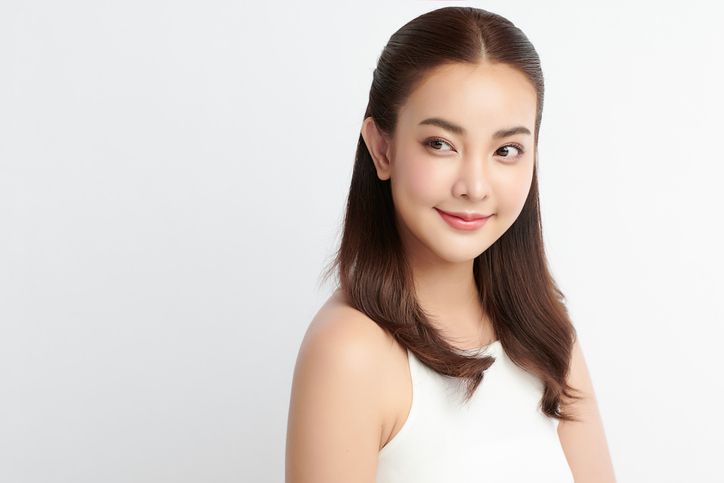
With knowledge and a plan that contains 5 simple steps, you're on the path to skin transformation. Ready to reveal the radiant you? It's time to make a decision: Pick the right treatment, embrace your newfound confidence, and let your radiant glow steal the spotlight!

免費體驗
Acne Scarring Treatment
1 Minute Self-Registration
Date should not be before minimal date
FAQ

1. How can I prevent acne scars?
Prevention of acne scars involves a multifaceted approach. Early and effective management of acne is crucial to minimise inflammation that can lead to scarring. Avoiding the temptation to pick or squeeze pimples is essential, as this can worsen inflammation and increase the risk of scarring. Consulting with a dermatologist for personalised acne treatment and adopting a consistent skincare routine are key steps in preventing acne scars.
2. What are boxcar acne scars, and how do they form?
Boxcar acne scars are a type of atrophic scar characterised by well-defined edges and a flat base. They form when collagen is lost during the healing process after inflammatory acne lesions. These scars often create depressions or indentations on the skin surface, contributing to the uneven texture.
3. Are chemical peels effective for treating acne scars?
Chemical peels can be effective in addressing certain types of acne scars, including boxcar scars. Chemical peels involve the application of a chemical solution to the skin, leading to controlled exfoliation. This process helps remove the outer layers of damaged skin, promoting the growth of new, smoother skin. The extent of improvement depends on the type and severity of the scars.
4. Can salicylic acid help with acne scars?
Yes. Salicylic acid, a beta-hydroxy acid (BHA), is commonly used in chemical peels and skincare products for its exfoliating properties. In the context of acne scars, salicylic acid helps by exfoliating the skin, unclogging pores, and promoting a more even skin tone. It can contribute to the improvement of skin texture and the overall appearance of acne scars.
5. Is surgery the only option for removing raised acne scars?
While surgery, such as excision, is one option for removing raised acne scars, it may not be the sole solution. Other treatments, such as electrodessication, can be used alongside or as an alternative. Electrodessication involves the use of electric probes to heat the skin, effectively reducing the edges of boxcar acne scars and making the skin appear flatter and less indented. The choice of treatment depends on factors like scar type, severity, and individual skin characteristics.









